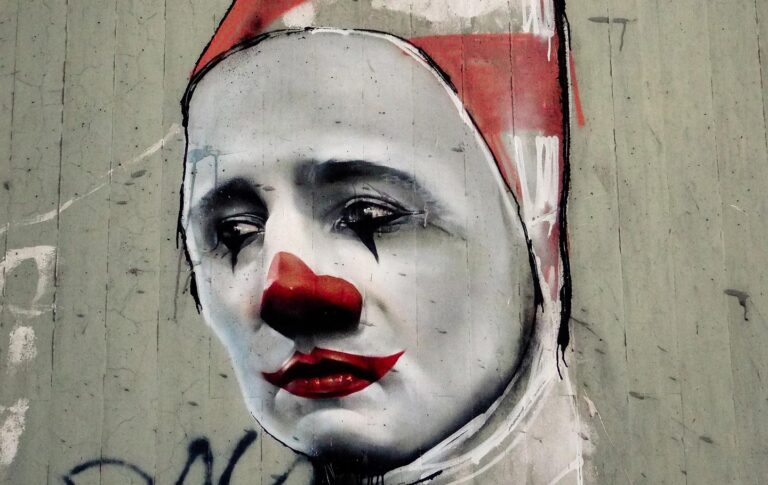Culture Shock: Send In The Terrifying Archetypes
The Circus Is In Town And I’m Scared


Latest Article|September 3, 2020|Free
::Making Grown Men Cry Since 1992



